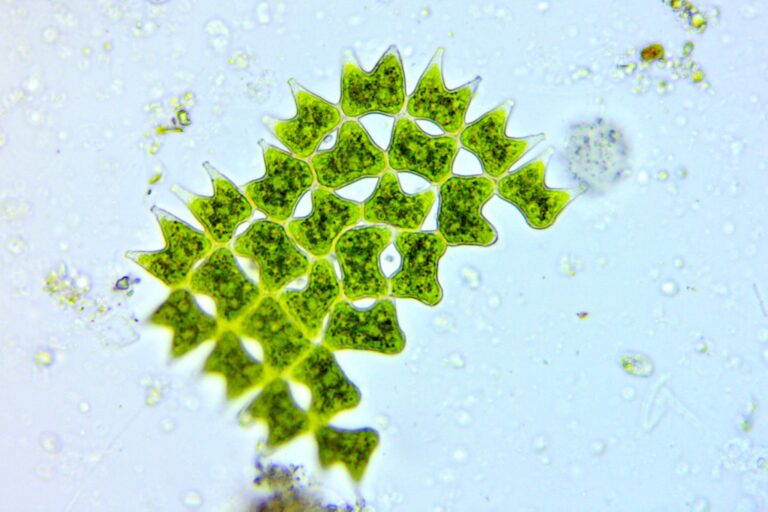
The Personal Bioblitz was launched in 2014 by Lena Struwe, director of the Chrysler Herbarium and professor of botany in the Department of Ecology, Evolution and Natural Resources, challenging participants to observe and report as many wild species as possible from everyday life using the global community science website and free app, iNaturalist.
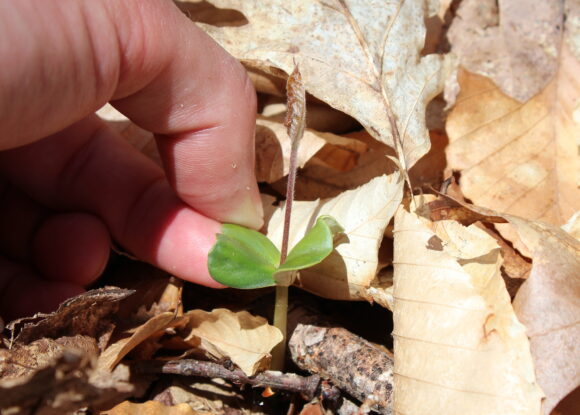
Congratulations to the top winners—every species and person—and to the Personal Bioblitz community that together helped break the record, again, for most observations and species. All five of the top species are common in eastern North America, however every sighting is important for the entirety of the project. There were also some rare observations, seen by only a few bioblitzers.
Interesting Facts:
Four people managed to see more than 1000 species each in two and a half months.
Women dominated the leaderboard with the most observations and most species. There are several mega-iNaturalist-users in this project among the more than 3,100 worldwide members on iNaturalist who helped to identify species this year. User Sandy Wolkenberg (@sadawolk) was by far the most generous and prolific with her knowledge.
2022 Results
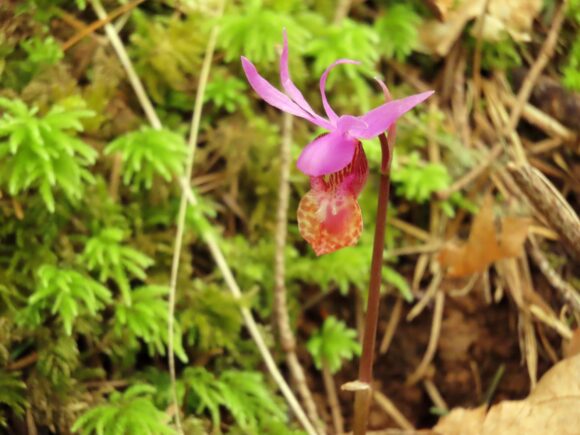
Total observations reported: 70,461 (A new record, beating last year’s record of 68,914)
Total species seen: 9,197 (Another new record)
Total Participants: 113
Some fun facts from the Personal Bioblitz 2022:
- Plants win again as the most observed taxonomic group, accounting for 62% of all observations.
- 26% of observations were from New Jersey, the home location of the Personal Bioblitz (the percentage is down from last year as Personal Bioblitz becomes more global)
- Observations came from 23 different countries.
- An IUCN (International Union for Conservation of Nature) near-threatened species, Eastern Hemlock, which is still common in the northeastern U.S., made the top five list this year.
Most observations were seen by:

- Sara Rall (@srall) – New Jersey – 10,140 observations (Last year’s top observer is on top again! Sarah is also the fourth top observer in the world on iNaturalist)
- Nick Kleinschmidt (@nick2524) – New Hampshire – 6,016 observations
- Barbara L Wilson (@sedgequeen) – Oregon – 5,729 observations
- Susan Hewitt (@susanhewitt) – New York – 4,989 observations (invertebrate specialist, and the eighth top observer in the world)
- Misha Zitser (@zitserm) – New York – 4,469 observations (Misha is an iNaturalist member since 2020. Congratulations on making the top 5 list)
Most species were observed by:
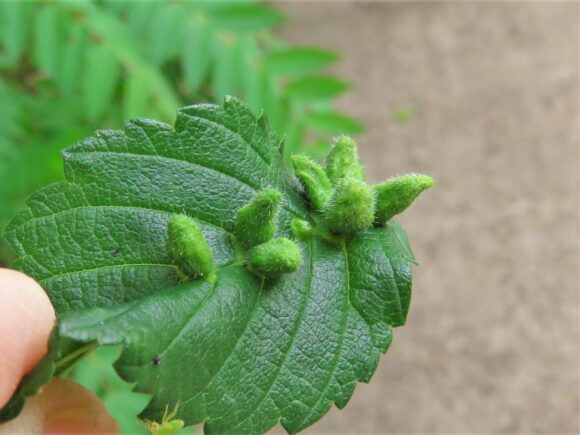
- Annika Lindqvist (@annikaml) – Texas – 1,170 species (Annika retook the top spot and broke her record from last year)
- Barbara L Wilson (@sedgequeen) – Oregon – 1,023 species
- Alan Weakley (@whiteoak) – North Carolina – 1,017 species (Another expert botanist joins the top 5 list! No wonder plants rule the Bioblitz)
- Sara Rall (@srall) – New Jersey – 1,001 species
- Sarah Kelsey (@botanylicious) – Georgia – 979 species (Sarah is a botanist, lawyer and Rutgers alumnus, and the top iNaturalist observer in the state of Georgia)
Most species that were not observed by anyone else in the Personal Bioblitz:
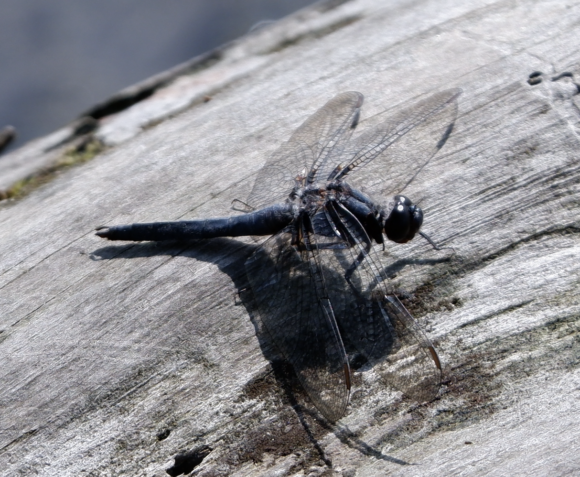
- Annika Lindqvist (@annikaml) – Texas – 426 unique species
- Nick Lambert (@nicklambert) – Australia – 386 unique species
- Barbara L Wilson (@sedgequeen) – Oregon – 242 unique species
- Alan Weakley (@whiteoak) – North Carolina – 237 unique species
- Jason Grant (@jasonrgrant) – Switzerland – 226 unique species
Most frequently observed species (all common in the northeastern U.S.):
- American Beech, 814 observations
- Hairy Bittercress, 519 observations
- American Robin, 435 observations
- Red Maple, 433 observations
- Eastern Hemlock, 374 observations
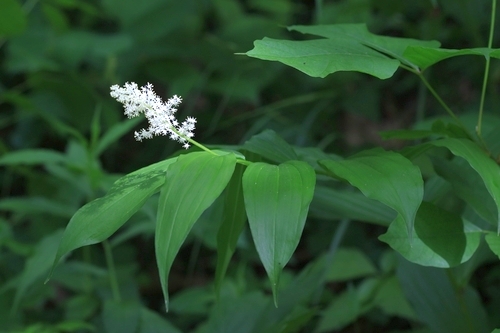
According to Personal Bioblitz found and professor Lena Struwe (Rutgers Department of Plant Biology), the number of observations on iNaturalist for New Jersey just passed one million. When the Personal Bioblitz started on iNaturalist, there were only a few thousand New Jersey iNaturalist observations.
Struwe thanked all of the observers and the 2022 leadership team who helped to curate the project on iNaturalist, and highlighted the role of Natalie Lemanski, who summarized the data for this year’s Personal Bioblitz.
Resources and connections:
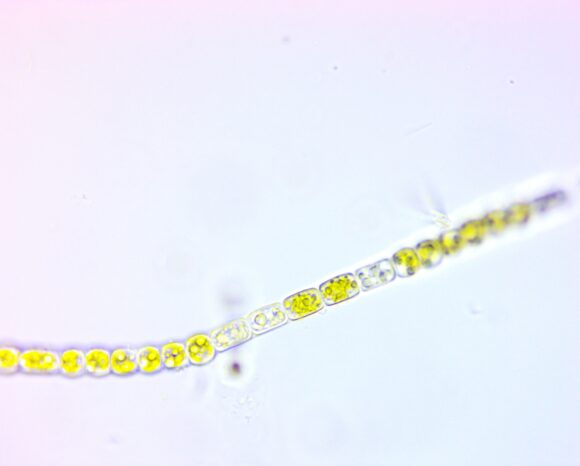
For a list of the most observed New Jersey species, see the iNaturalist website. NOTE: the numbers of species on the iNaturalist home page of the project will change because more species will be identified as time passes. The numbers here are the official numbers for 2022.
Sign up for the mailing list and join the Facebook Group. Visit the iNaturalist project page.
This article was published by the SEBS/NJAES Newsroom on July 11, 2022.


